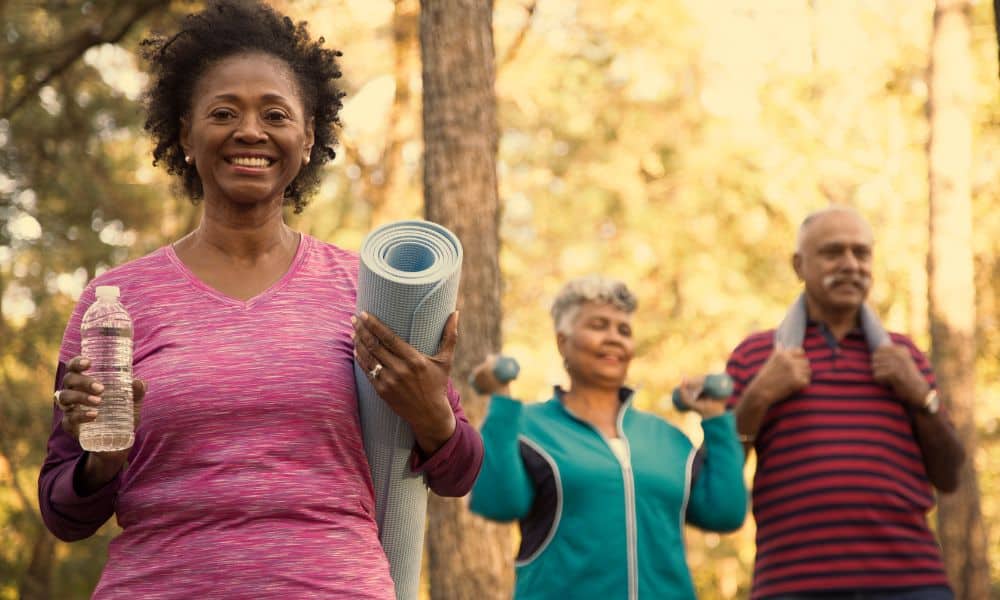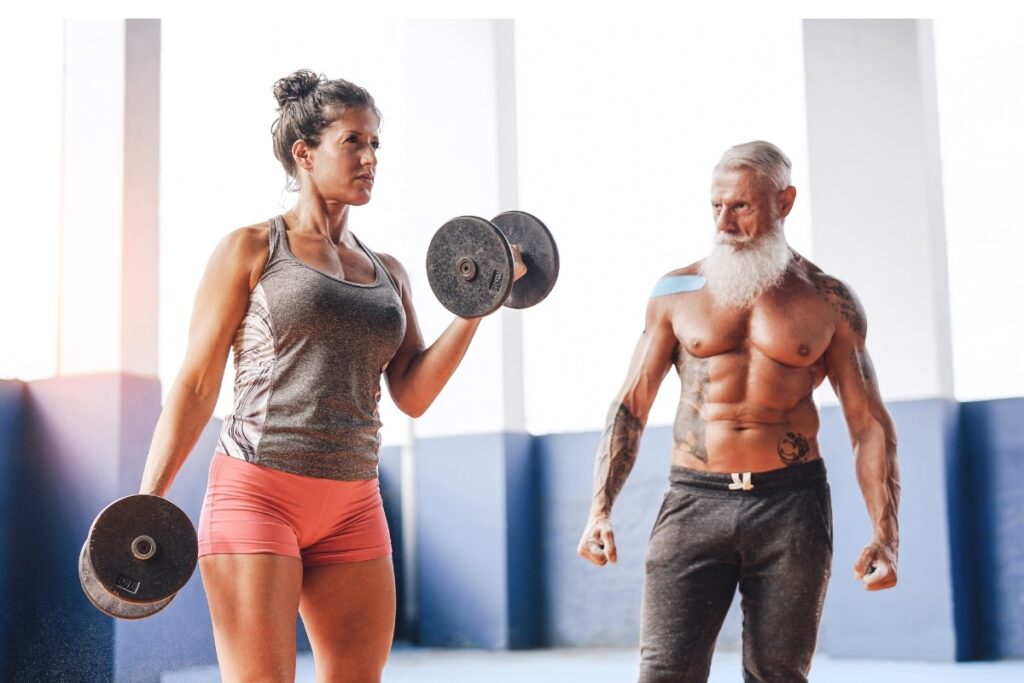Are you a senior looking for a simple exercise that you can do to improve your life? We are sure you know that exercise is a great way to improve your health and vitality. But what if you’re over 60 years old? You might think it’s too late, but there are easy ways seniors can get in shape! This article will share the best exercises for seniors and how they benefit their health. Are you ready?
It’s time to get your body moving. It doesn’t matter what age you are; it is never too late to start a fitness routine and reap the benefits of a healthier lifestyle. Our bodies can lose muscle mass and become less flexible as we age. With exercise as part of their daily routine, seniors can improve their health and life by staying active!
Seniors can do many types of activities no matter how much they weigh or what mobility issues they may have, and low-impact workouts will help keep them strong without putting undue strain on any muscles or joints. Check out these simple ways seniors can improve their health and life with some exercise:
How can seniors use walking as an exercise to improve their health and life?
The benefits of walking are many. It can be used as exercise, to manage stress and weight management, to increase strength and energy levels, or even just for traveling short distances. Walking is an activity that can be enjoyed by the young and old alike. Seniors who choose to use walking as part of their daily routine can benefit from the physical fitness it brings.
Seniors are at a higher risk for developing chronic diseases such as cardiovascular disease, arthritis, diabetes, and osteoporosis. These conditions are worsened over time if not managed through lifestyle changes.
Walking is an activity that can strengthen muscles and bones to help ease joint stress. It can improve cardiovascular health, making circulation more efficient. In addition, the weight-bearing effects of walking can decrease the risk of osteoporosis by building stronger bones.
Walking can also boost your mood by releasing endorphins in your brain, making you happier and reducing stress. Seniors are at a higher risk for developing depression because of loneliness, loss of independence, and isolation. Walking can help decrease the harmful effects of these factors on an individual’s mental well-being.
Studies have shown that seniors who walked more than 200 minutes per week had a 20 percent lower mortality rate than those who didn’t walk as much. Conversely, those who walked less than 30 minutes per week had a mortality rate approximately 20 percent higher than those who walked more.
According to the American Heart Association statistics, walking for seniors is highly beneficial in preventing heart disease and stroke.
Other benefits associated with walking include:
- Boosts immune function by increasing lymphocytes (cells of your immune system), which help fight colds and sinus infections.
- Increases lung capacity by getting more oxygen to your brain, heart, and muscles.
- Strengthens muscles in your legs, hips, and back. Walking can help improve balance, which helps prevent falls, especially for seniors who live alone or in assisted living facilities.
- Reduces blood pressure due to lower pulse pressure (the difference between your systolic and diastolic blood pressure)
- It makes skin look younger by reducing muscles that can cause sagging skin.
Walking provides physical benefits, but it strengthens cognitive abilities among seniors. Walking increases nerve connections in the brain, which helps improve memory and attention span. It also increases brain function by increasing blood flow, which means your body can carry more nutrients to the brain.
Walking is an excellent exercise for seniors to consider. It doesn’t require any equipment or supervision, can be done indoors or outdoors, can be done alone or with others, and requires no previous physical training. It’s an activity that almost anyone can do and enjoy, making it a great way to improve your health.
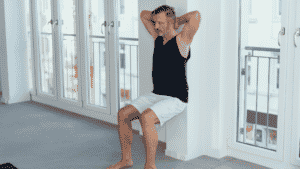
How can seniors use the wall sit exercise as a home exercise to improve their health and life?
Wall sit exercise can be a great low-impact exercise for older adults with bad knees or injuries. They don’t need any equipment, and they are easy on the joints. But how do you use this simple exercise to get fit? Here’s what you need to know about using wall sit exercises in your workout program.
A wall sit is a routine exercise used in many fitness programs. It is often done as a gateway exercise to squats or lunges to strengthen the legs, and you can do it using the glutes and the thighs. To do this exercise, you lean your back against a wall while bending your knees until they are at about a 90-degree angle.
The right way to do a wall sit has a few rules: Keep your back straight, tighten up the core muscles, and don’t lock out the knees. Whatever variation you choose, do a slow and steady movement as the quick bursts of exercise often found in HIIT training can lead to injury.
You can use wall sits with other exercises to help build strength in the legs and back muscles, especially for older adults who may have bad knees or other injuries. It is a great way to strengthen the legs without putting too much stress on the joints or causing any undue stress in other parts of the body.
Many seniors find wall sit exercises and walking is enough for a good workout, but there are plenty of variations on these exercises to choose from if you want more. If you have been exercising regularly, you can include high-intensity interval training (HIIT) and burst training along with wall sits to help sharpen up your workout.
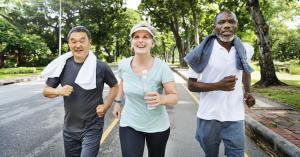
How can seniors use sit-to-stand exercise at home to improve their health and fitness?
Sit-to-stand exercise is a simple, easy, and effective exercise that individuals can do at home. Seniors over age 65 suffer from various health complications caused due to lack of activity in later life. Sitting for prolonged hours can cause serious health problems like obesity, heart diseases, obesity, etc.
Sit-to-stand exercise can help them lose weight, reduce the risk of heart diseases, etc. It is an effective but simple workout that requires balance, concentration, and lower body strength. It takes 10 minutes per day for most people with normal BMI (Body Mass Index) levels to strengthen their body muscles.
Seniors can perform the sit-to-stand exercise with the help of an armrest, but as seniors’ fitness improves, they can perform this exercise without support. Most seniors can achieve this exercise by slowly moving towards a standing position while exhaling. Then, seniors should pause and slowly return to a sitting position while inhaling.
The sit-to-stand exercise is like wall sits and squats. Seniors should start with as many reps as possible for one set, but they can add more sets as their fitness improves. Once seniors perform more sets, we recommend a 1 – 2 minute rest period between sets.
The benefits of the sit-to-stand exercise include:
- Improved muscle tone
- Reduced risk of cardiovascular diseases and other health complications
- Increases the amount and quality of sleep
- Improved balance and coordination
- Improvement in mood and cognition
- enhances metabolism and fights obesity
- Increases muscle mass in seniors
- Improves circulation of blood to the brain
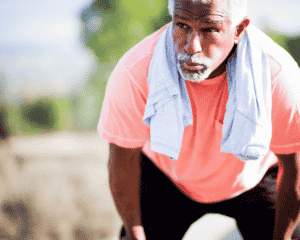
The last word for exercises seniors can perform to improve their health and fitness
You may have noticed that all the exercises we mentioned involve your legs. Also, this is because the legs are the most significant muscle in the body. They are also responsible for producing hormones and blood and providing mobility and balance.
There are many exercises seniors can perform, but the ones we mention allow you to start slowly and then build-up to the more rigorous training, including the ones for the upper body. The key to senior fitness is to perform exercises that best match your physical abilities, and they advance to more challenging activities as you improve your health and wellness.
We hope that you have found this article helpful in highlighting some of the best exercises for seniors. If you are looking for more information, check out our category on senior fitness. Please share your experience with these exercises or how they have helped your health!

